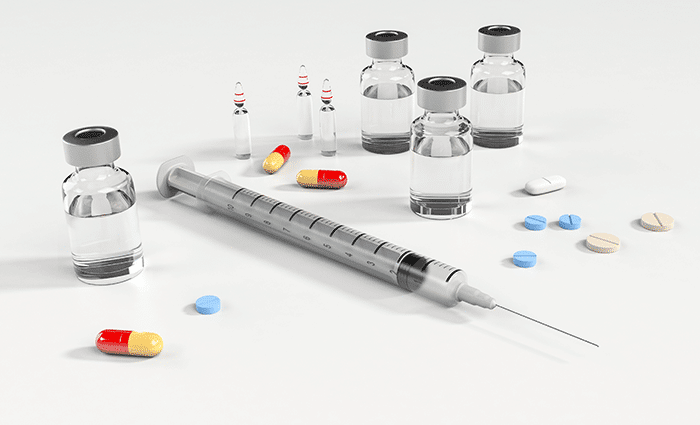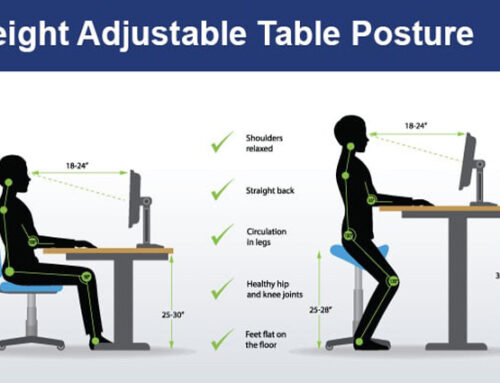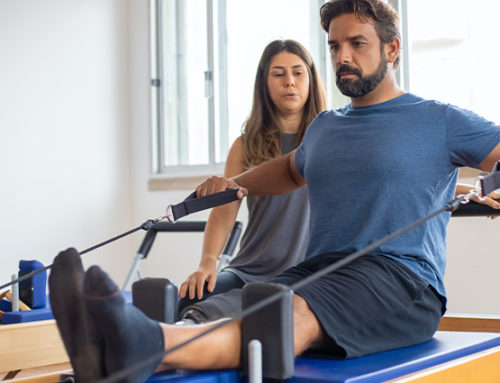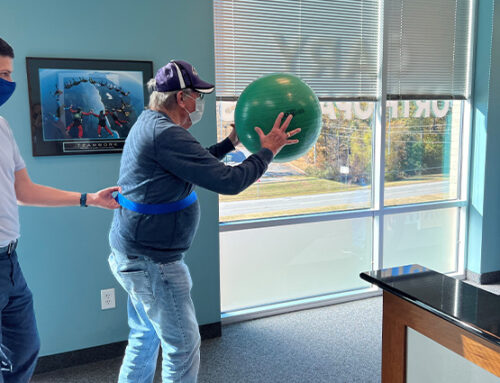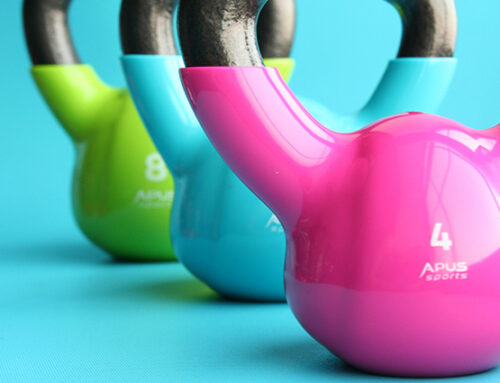You may have heard about professional athletes receiving cortisone shots, but you may not know exactly what the benefits are. In the past 60 years since cortisone shots were introduced, they have helped a limitless number of patients find relief from pain and inflammation, especially in their joints. While these shots are popular among the world’s most elite athletes, you don’t have to be a professional player to benefit from this treatment.
Cortisone shots are just one of the injectable treatments offered at Cary Orthopaedics as a first step to treat patients without surgery, helping to eliminate pain caused by inflammation and aid in the healing process. If you have never had a cortisone shot and want to know more about them, we have answered a list of questions that we hope will help.
What are cortisone shots?
Cortisone shots contain a type of medication called a corticosteroid. This steroid is a hormone found naturally in the body, produced by the adrenal glands. When delivered as a medication through injections, corticosteroids reduce the activity of the immune system, relieving inflammation and pain. This medication is used most commonly for localized pain or inflammation, usually found in the joints such as the knees, ankles, wrists, shoulders, fingers or toes.
Some specific conditions that doctors use cortisone injections include different types of arthritis, tendonitis, trigger finger, carpal tunnel syndrome, back pain, gout and bursitis. They have become a popular treatment for patients who seek relief from daily joint pain.
What happens during a cortisone injection?
How to prepare
At the doctor’s office, mention if you are taking any blood thinners or if you have had a fever in the last two weeks. Most likely, your doctor will ask you to stop taking the blood thinners a couple of days before they administer the shot so that your risk is decreased when it comes to bleeding and bruising.
What to expect
Often, your doctor will ask you to dress in a robe, so they can easily access the location where you will get the shot. Like all shots, the area of skin where the needle will be inserted is cleaned with alcohol or a similar substance. The doctor will then spray your skin with an anesthetic to numb the area of insertion. This will lessen your discomfort and make it so you will not feel the needle as much.
Depending on where the cortisone injection needs to be administered, a doctor will use an ultrasound machine to make sure they are releasing the medicine in the correct area of the joint. To do that, they will apply a gel-like substance to your skin near the injection site and use a handheld transducer.
Pain from cortisone shots varies depending on the patient. Some feel a slight discomfort while others report pain. It is best to relax so that you can avoid added discomfort.
What are the side effects of cortisone injections?
As with any shot, there could be pain around the injection site for as long as 48 hours. For this, it is best to apply ice to the area to ease any discomfort. Immediately following the injection, you may experience a burning sensation, but that is normal. Some other side effects to keep an eye out for are infection, skin discoloration and nerve damage. However, those reactions are very rare.
How long does relief from cortisone injections last?
Factors such as the condition, affected joint and the patient’s overall health have an impact on the effectiveness of the injection. Generally, it can take up to seven days for the cortisone shot to begin working. Once you begin to feel relief from pain and inflammation from a cortisone injection, these results typically last anywhere from six weeks to six months.
Where can I find cortisone shots in the Triangle?
Cortisone injections have been proven successful in lessening or eradicating pain and inflammation. Although these shots are meant to relieve pain and discomfort, they are just one facet of an overall treatment plan. Contact us at one of our conveniently located Triangle locations to learn more about cortisone shots and other minimally invasive treatments.

